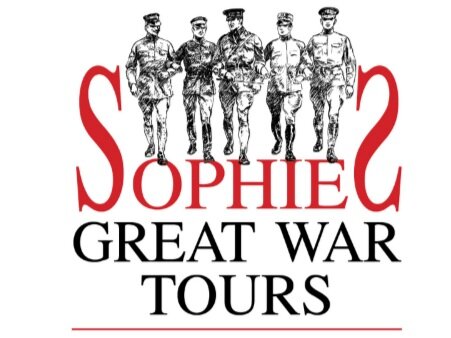Today, 15th April 2020 marks the 75th anniversary of the liberation of Bergen-Belsen concentration camp.
British troops of the 11th Armoured Division entered the camp and were utterly shocked by the horror they were met with. Thousands of bodies were lying in the open, others barely alive were too ill to move. But some threw themselves upon the liberators wanting to feel the embrace of someone who wished them no harm, but hope.
The people they liberated were often the only survivors of their families, towns and in some cases, entire communities.
The British Army struggled for weeks to provide the best care they could for those that had survived, but tragically more than 13,000 people that made it to liberation would die afterwards.
British soldiers that entered the camp and were on hand as part of the relief effort would be forever traumatised by what they had witnessed. As one soldier remarked, “now I know what I have been fighting for”.
A number of survivors later made Britain their home and for decades since, have told our country of what had happened to them under the Nazis. You can follow the stories of survivors today from the Holocaust Educational Trust on Twitter by searching for the hashtag #Belsen75 #ThisIsOurStory
We must never forget.










